When Epcot opened in 1982, it dispensed entirely with fantasy themed "lands" and instead contained two more concrete realms.
The southern end of the park was World Showcase, a tremendous display of international cooperation. There, detailed pavilions set out to recreate the corners of the globe. Eventually, World Showcase would play host to eleven country’s pavilions situated around a massive circular lagoon, each recreated with immense detail and offering attractions, restaurants, craftsmen, shops, and entertainment meant to bring a small piece of the country to the United States. All of the pavilions were sponsored by private companies with affiliations to the represented countries, and in turn were staffed primarily by actual citizens of the countries working through a J-1 visa agreement.
In the northern end of the park beyond the main entrance was Future World. Like the World’s Fairs of the decades earlier, Future World featured – at its height – nine fully self-contained pavilions. Each pavilion was focused on one single element of science or industry with a pavilion containing multiple shows, attractions, rides, and restaurants related to that overarching theme. Each pavilion was also presided over (and largely funded) by a corporate sponsor who maintained and updated the pavilion’s contents in exchange for advertising and the opportunity to interact more authentically with potential customers. The pavilions of Future World (and their sponsors) by 1989 were:
- Universe of Energy sponsored by Exxon (energy)
- Wonders of Life sponsored by MetLife (health)
- World of Motion sponsored by General Motors (transportation)
- Communicore with independently sponsored exhibitions (technology)
- Imagination sponsored by Kodak (imagination)
- The Land sponsored by Kraft Foods (land)
- The Living Seas sponsored by United Technologies (ocean)
- Spaceship Earth sponsored by AT&T (communication)
- Horizons sponsored by General Electric (all of the above)
At least in the early decades of the park’s history, almost all of those pavilions contained at least one grand, educational dark ride filled with animatronics, music, and details. These larger-than-life dark rides were unlike anything Disney had produced before – totally immersive, sweeping, and realistic portrayals of progress in each of the above fields of industry, chronicling the rapidly advancing understanding of each. To put it one way, the original rides of EPCOT Center may have been the first indication for many at the time that theme park attractions were works of art. Substance. Quality. Many would-be Imagineers today cite EPCOT Center as the springboard for their passion.
And with the involvement of corporate sponsors dedicated to the continual bettering and updating to their pavilions, EPCOT’s rides would have a long life, right?
Financing the future
It began with General Electric. The original sponsors of Walt’s Carousel of Progress had followed Disney to the Carousel’s “spiritual sequel,” Epcot’s Horizons. The attraction was positioned as the keystone of Epcot’s intellectual line-up. While each of the pavilions at Epcot focused on a single topic (energy, health, transportation, innovation, communication, oceans, land, and imagination), Horizons was purposefully meant to include them all and bring them together as the park’s culminating “thesis statement.” The masterpiece dark ride lost GE’s sponsorship in 1993. Consequently, it operated without updates or upkeep for a few years on-and-off before closing permanently in 1999, devastating Disney fans. It’s still considered one of the best dark rides of all time, and is revered enough to have earned a Lost Legends: Horizons entry here at Theme Park Tourist.
That same year, Kraft dropped its sponsorship of the park’s Land pavilion. Mercifully, Nestlé saw the potential and came on as its new sponsor, altering the pavilion’s three attractions to more closely align to their own products and services.
Metlife sponsored the park’s Wonders of Life health and medicine pavilion from its debut in 1989. When they dropped their sponsorship in 2001, the pavilion lost its life support, stumbling aimlessly with aging attractions and quite literally zero investment until it closed forever in 2004 in a sorry state. We even chronicled the rise and fall of the pavilion in a detailed and unbelievable Wonders of Life feature.
Kodak fulfilled their obligation to update Epcot’s Imagination pavilion, but with a razor-thin budget the resulting dark ride became a horrendous and despised installation destroying the revered and beloved original dark ride. If you miss Dreamfinder and the lovable purple dragon Figment, you'll want to explore our in-depth feature, Lost Legends: Journey into Imagination, as well.
Entering the new millennium, the dated Universe of Energy attraction featuring Bill Nye and a two-decade-old representation of Ellen DeGeneres was in need of serious reimagining. Instead, Exxon bailed in 2004. So those hoping for a triumphant re-design might want to look to the past and temper their expectations… No sponsorship, no investment. The best indicator of future performance is relevant past behavior, Universe of Energy will endure a slow decline to irrelevance (which seems to already be the case given its woefully outdated style), then (potentially) death.
Why did the sponsor model of Epcot fail?
The failure of Epcot's model - with pavilions sponsored, financed, and updated by mega corporations - fell flat on its face. But why? For one thing, the approaching new millennium carried with it a cultural shift.
In the earliest days of Epcot, the idea of corporate sponsorships was appealing if not a little retro. Think of the 1960s and its New York World’s Fair again, with people flocking to see what seemingly incomprehensible wonders companies had invented. For General Electric to have had its name affixed to the grand Carousel of Progress designed by Walt Disney was a coup and a tremendous karmic credit to GE – a way to connect more authentically with the public and build some brand association in a world before the Internet. People would forever remember General Electric’s pavilion at the Fair and the message of General Electric that was woven into the detailed attraction and its associated exhibition.
But by the 21st century, things were changing. With the breadth of human knowledge in our pockets, the growing wealth gap, and the movement against the “1%,” Americans today tend to vilify massive multi-billion-dollar companies for existing at all. Practically cemented into our cultural psyche as a villainous corporate oil giant making billions in profit of off our gasoline prices while decimating the environment, there’s little to be gained for Exxon-Mobil by having its name plastered across a Walt Disney World attraction.
So what incentive would Exxon have for extending its sponsorship, pumping millions into a theme park ride?
For that matter, do we want to hear Exxon-Mobil preach to us about energy?
Or consider Kodak – the now-lost sponsor of Epcot’s Imagination pavilion. In theory, the relationship would’ve benefited both Disney and Kodak. Kodak would pay for periodic updates and refreshing of the pavilion and in exchange, its products, services, and logo would be peddled throughout. But with the advent of digital photography, Kodak was crippled. Losing money hand over fist, Kodak minimized the budget for its ill-fated renovation that turned the beloved “Journey to Imagination” dark ride into “Journey Into YOUR Imagination.” For the same reason, it stopped sponsoring Disney Parks maps and Kodak Photo Spots just a few years later. And you can see why. Shareholders would doubtlessly (and rightly) ask how Kodak could continue sponsoring a theme park ride while filing for bankruptcy, which it did in 2012.
The result was that half of Epcot’s would-be futuristic pavilions were left without any financial resource. The “educational” park was no longer even educational, touting tired architecture, ancient technology, and whitewashed corporate messages that were – frankly – at odds with American ideals of the 21st century.
Groundwork
Hemorrhaging sponsorships, retaining the dated look of the 1980s, and lacking lovable Disney characters to disguise those shortcomings, Epcot was in need of some serious investment if not a complete rebranding. Project: Gemini would’ve been a kick-start. Akin to the first round of updates to Disney California Adventure, some quick plussing, replacing, and adding would’ve created in Epcot a new foundation and identity – a springboard for the future.
Named for the park’s dual identity and two twin components (Future World and World Showcase), Project: Gemini would reinvigorate the park and make it worth visiting to a 21st century guest.
What would the new Epcot look like? On the next page, we’ll step into Epcot post Project: Gemini and have a look around. Ready? Read on.
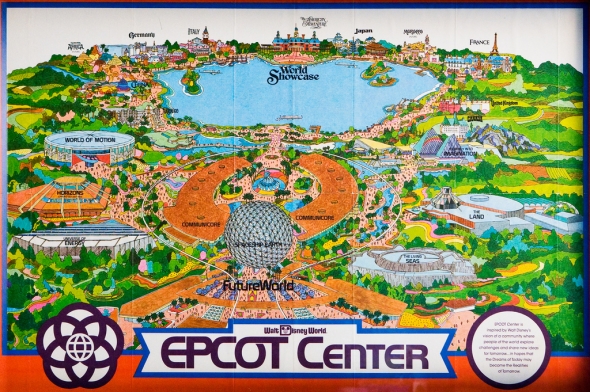
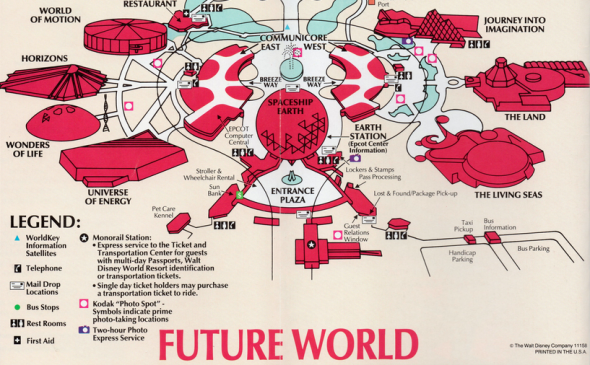
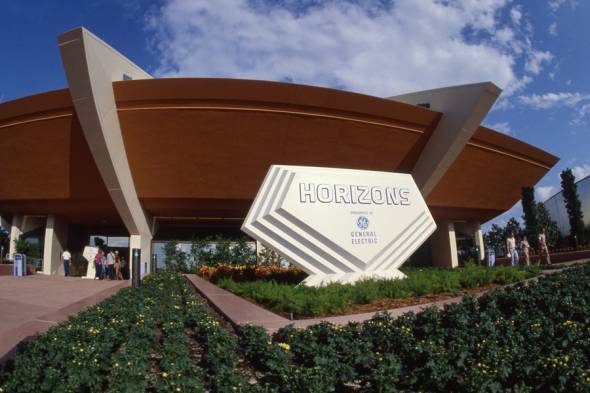
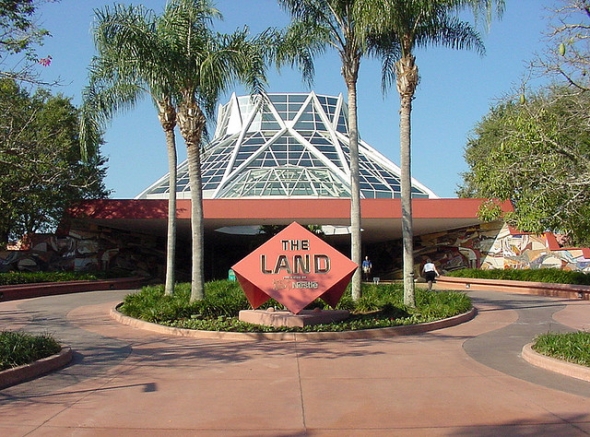
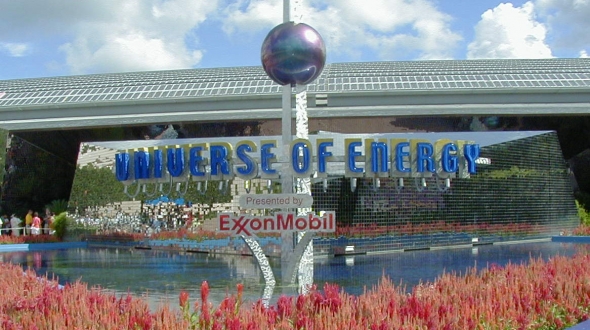
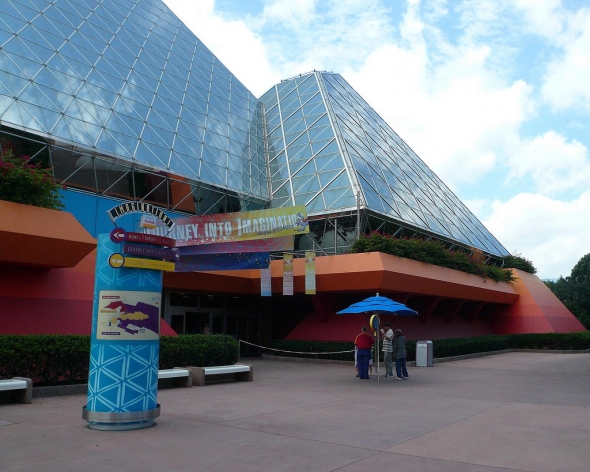

Comments
I love the World Showcase. I agree with one of the comments before that said the whole park should be re-imagined to the World Showcase. You could even include lost civilizations like Ancient Rome, the Ancient Egyptians, the Mayans and Atlantis (was it real? will we ever know?). A Native American civilization would be pretty neat too. Expand the countries a little more. Maybe the countries can offer more than shopping and eating. Maybe more interactive fun - Learn to salsa dance in Mexico would be a great idea! Museums relating to each country's history should be a part of the experience. Bring back "roaming" characters instead of just meet and greets! Loved the days when Peter Pan and Capt Hook roamed around causing mayhem (Capt Hook literally stole my mother's shoe one time!). Maybe incorporate some historical characters as well - like a wandering Leonardo da Vinci or King Richard the Lionhearted! Playgrounds themed in the lands for the kids would be a good break too. Anyway, I agree EPCOT needs an overhaul.
Is it weird that being stuck in 1982, is kind of the appeal of Epcot for me? The day the remove any synthesizer music from Future World ill be a very sad day for me.
I don't understand why they can't get any sponsorship? $200,000 a year is not much to maintain. Especially for huge corporations. What about China? I bet they would love to sponsor a headlining attraction at Epcot $50 million or even $100 million would seem like a reasonable price to pay to bring more tourists to China and portray a new and modern China.
Ellen's Energy Adventure was not the original show, it was an update too. That's why the ride doesn't use all of the seats, that and lack of interest, although I like it.
I personally think adding Frozen Ever After is the worst thing ever. As with all the other "futuristic/innovative" attractions of EPCOT past, the popularity of Frozen will eventually die out (or just get to the point that people are SO DARN SICK OF IT that it won't be a popular idea). What's worse is that Frozen Ever After replaced Maelstrom!!